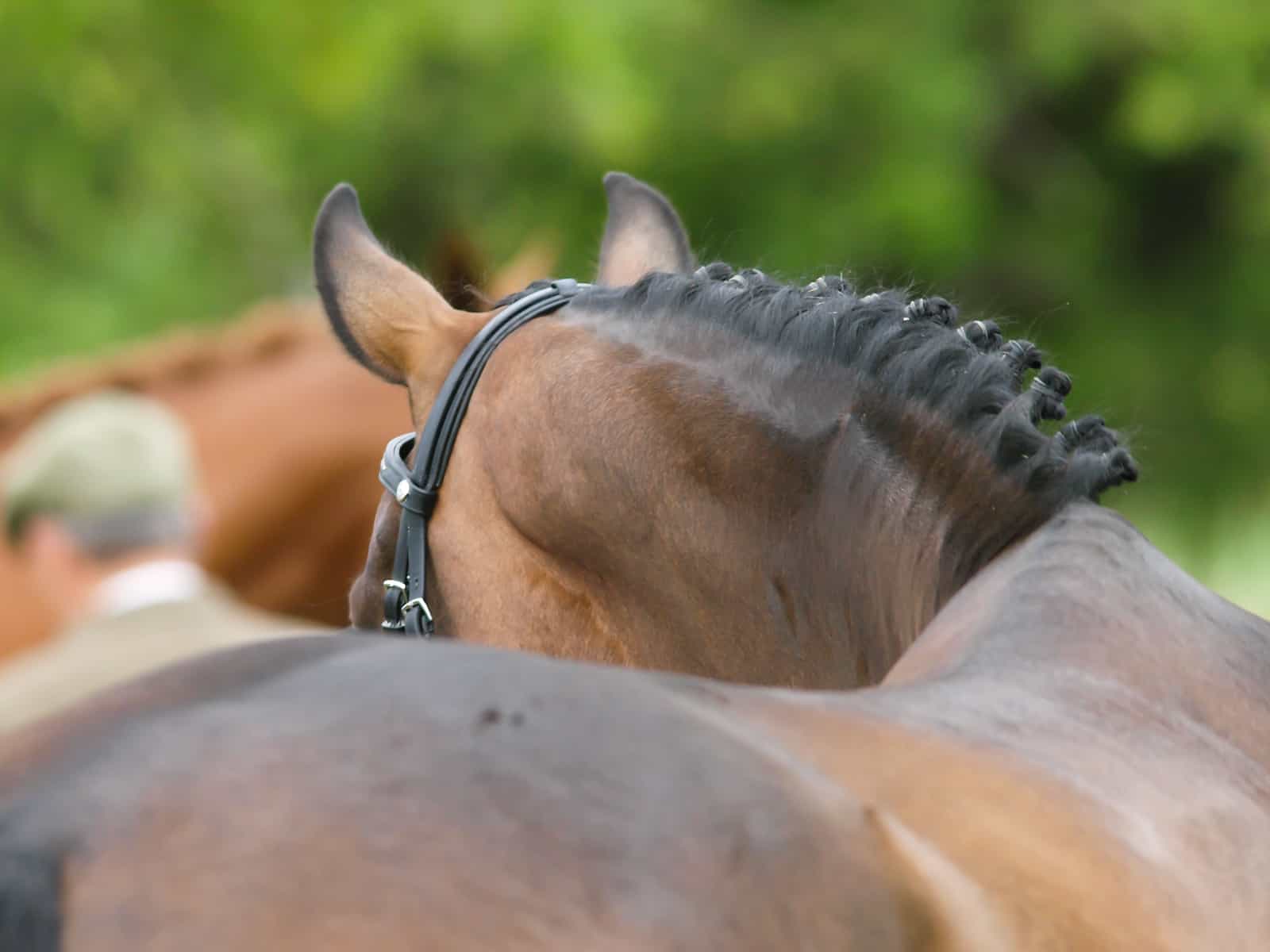Is Your Horse Moving Symmetrically? Watch His Withers

When we want to see if a horse is moving symmetrically, we often focus on their gaits or the slip of the saddle. But Swedish researchers recently tested a new way to evaluate unevenness: the withers. Not side-to-side movements; rather, what up-and-down wither movement might reveal about asymmetry.
They found that, at the walk, some horses tend to drop their withers lower when bringing one foreleg forward than the other. In these initial investigations, they said, it appears that drop might have more to do with natural laterality than pathological (disease- or injury-related) asymmetry. Such information could be useful for both scientists and equestrians, the team said.
“To be able to better diagnose laterality is likely of benefit both for the trainer that tries to increase symmetry while training the horse, as well as for the clinician trying to determine if a slight asymmetry is lameness or ‘only laterality,’” said Agneta Egenvall, DVM, PhD, a professor in veterinary epidemiology at the Swedish University of Agricultural Sciences Faculty of Veterinary Medicine and Animal Science, in Uppsala
Create a free account with TheHorse.com to view this content.
TheHorse.com is home to thousands of free articles about horse health care. In order to access some of our exclusive free content, you must be signed into TheHorse.com.
Start your free account today!
Already have an account?
and continue reading.

Written by:
Christa Lesté-Lasserre, MA
Related Articles
Stay on top of the most recent Horse Health news with















